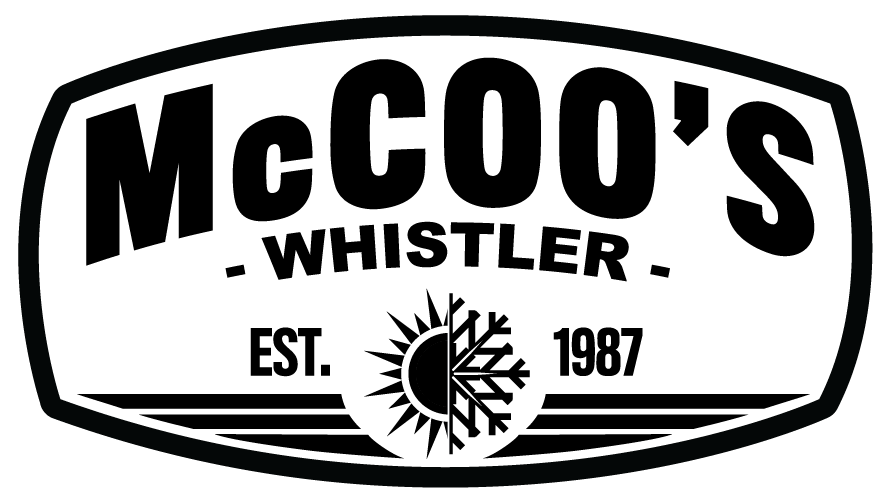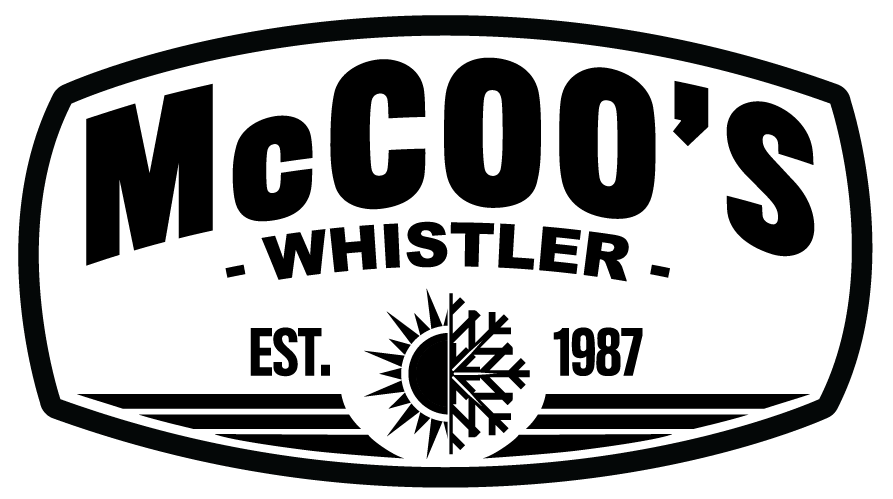Photo: Brooke Stephensonn
Now that the snow has melted, we can move onto another obsession: bikes. Although each sport comes with it’s own set of inherent dangers, biking can really do some damage. Preventing just that is where having the proper gear comes in. But how do you choose what’s right for you and what will prevent leaving pieces of yourself on the trail? Here are some helpful tips to consider next time your shopping for new bike gear.
Helmet
The helmet technology has advanced a lot in recent years. Not only do they protect better than ever but they also are lighter, have increased ventilation and rear-head coverage. When choosing a helmet, a good fit is key. Most helmets come in small, medium, large or extended sizes. To find your size, wrap a flexible tape measure around the largest portion of your head which is about 20cm from your eyebrows. Once you have a size, most helmets are adjustable to be snug on your head.
Eyewear
The type of eyewear you select largely depends on your intended use. Many use goggles for more aggressive biking due to their ability to remain securely on a helmet, while others use glasses for the mellower all-mountain and cross country style of riding. Eyewear comes with it’s own set of technologies that can make navigating products seem daunting. Look out for these specifications to keep it simple:
Vision quality: Look for high optical clarity through utilising a good quality lens material. Also, make sure that there is not peripheral vision obstruction through the shape of the frame.
Anti-glare: You will love polarization to combat intense light when your trying to hit a jump and the sun is in your eyes.
Fit and comfort: A close fit and moisture wicking capabilities is essential.
Pads
Elbow and knee pads are the basics that many choose to wear when riding. These will protect you from more than just scrapes and bumps. A good pair of pads can absorb enough impact to prevent a fracture. Elbow and knee pads come in all shapes an sizes. To find out what work’s best for you, it is suggested to try on various styles. Take note of how they do up, how much surface area they cover, are they hard or soft pads and finally, how much ventilation they have.
Gloves
Some people choose to forgo gloves but all it takes is one crash to regret that decision. Along with protecting your hands from trees, rocks and maybe a wild bear or two, gloves enforce your point of contact with the bike by absorbing sweat. Select gloves that fit closely to the skin. This translates to a better grip.
Choosing the right gear can make or break a ride. If you are having trouble determining what bike gear works best for you, our knowledgeable staff at McCoo’s can help you answer any questions you may have to get you back on the trail as safely and as comfortably as possible!


